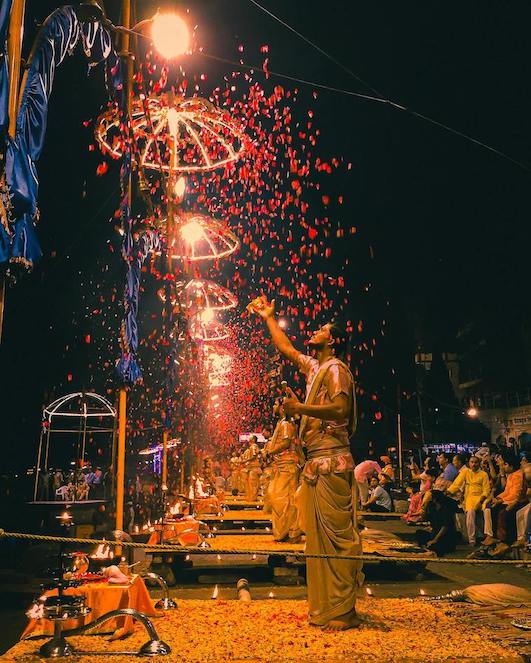18 April is celebrated as World Heritage Day across the globe. The day is aimed at reminding us to protect and celebrate our shared cultural history. This year’s theme, ‘Heritage under Threat from Disasters and Conflicts,’ highlights the need to safeguard important monuments and traditions. India, known for its many sacred places, benefits greatly from religious tourism, which helps preserve this rich heritage.
India’s religious sites include ancient temples, grand mosques, revered churches, and monasteries. These places are not only spiritual centres but also showcase the country’s diverse culture and architecture. Many of these are UNESCO World Heritage Sites, attracting millions of pilgrims and tourists each year.
Religious tourism supports both heritage preservation and the economy. On this World Heritage Day, India’s religious tourism sector shows how faith can unite people, keep traditions alive, and deepen appreciation for the nation’s monuments and stories.
Religious Tourism in India
India’s religious tourism sector has witnessed a significant growth in recent years. In 2022, more than 1,433 million (143.3 crore) people travelled within the country for religious reasons, while over 6.6 million international tourists visited renowned pilgrimage sites.
Uttar Pradesh alone recorded a staggering 64.90 crore tourists in 2024, with religious destinations such as Ayodhya, Varanasi, and Mathura leading the surge. The newly inaugurated Ram Mandir in Ayodhya attracted 13.55 crore domestic visitors between January and September 2024, surpassing even the Taj Mahal in popularity.
This trend is not limited to Hindu sites. India’s spiritual map encompasses Buddhist, Sikh, Jain, Christian, and Islamic pilgrimage centres as well. From the Golden Temple in Amritsar and the dargahs of Ajmer and Nizamuddin, to the Buddhist circuit of Bodhgaya and Sarnath, the country’s religious diversity draws devotees from across the globe.
Economic Powerhouse
Religious tourism is a key driver of India’s tourism industry, accounting for over 60% of domestic travel. The sector generated approximately Rs 1.34 lakh crore in revenue in 2022 and is projected to reach $59 billion by 2028. The temple economy itself is now valued at Rs 6 lakh crore globally. Major religious events, such as the Maha Kumbh Mela, Mahashivratri, and Dev Deepavali, inject vitality into local economies, supporting hotels, restaurants, transport services, and markets.
The ongoing surge is also expected to contribute around Rs 2 lakh crore to the Indian economy. By 2028, religious tourism is expected to create around 140 million jobs, underscoring its importance as a pillar of employment and entrepreneurship.
Government Initiatives and Modernisation
Recognising the potential of religious tourism, the Indian government has implemented several schemes to upgrade infrastructure and amenities at pilgrimage sites. The PRASHAD (Pilgrimage Rejuvenation and Spiritual Augmentation Drive) scheme, launched in 2014–15, focuses on the integrated development of pilgrimage destinations in a sustainable and planned manner.Initiatives like the Swachh Bharat Abhiyan have improved sanitation and hygiene at key religious sites, while the Heritage City Development and Augmentation Yojana (HRIDAY) works to preserve and develop heritage and religious locations.
Modern management practices, digital ticketing, and guided tours are increasingly being adopted to cater to the evolving preferences of pilgrims, with 31 per cent of spiritual travellers now opting for organised experiences.
Changing Demographics
The profile of the religious tourist is changing. Younger travellers and women are participating in larger numbers, and there is a growing demand for group and experiential travel. This shift is driving the sector towards greater professionalism and innovation.
With religious tourism expected to contribute Rs 2 lakh crore to the economy and continue its upward trajectory, India’s spiritual destinations remain not only centres of faith but also engines of economic growth and cultural exchange.


